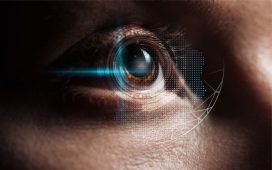Greater depth in first trimester versus developmental delay group, typical development group
WEDNESDAY, Feb. 14, 2018 (HealthDay News) — Children with autism spectrum disorder (ASD) have a significantly greater mean depth of ultrasonographic penetration, according to a study published online Feb. 12 in JAMA Pediatrics.
N. Paul Rosman, M.D., from the Boston University School of Medicine, and colleagues conducted a case-control study involving 107 patients with ASD, 104 control individuals with developmental delay, and 209 controls with typical development. The authors quantified and compared ultrasound exposure per trimester and for the entire pregnancy among participants with ASD and controls.
The researchers found that the ASD group received a mean of 5.9 scans, which did not differ significantly from the 6.1 and 6.3 scans in the developmental delay or typical development groups, respectively. The ASD group had a shorter duration of ultrasound exposure than the typical development group during the first (290.4 versus 406.4 seconds) and second (1,687.6 versus 2,011 seconds) trimesters, although there was no difference in the number of scans. Greater mean depth of ultrasonographic penetration was seen in the ASD group versus the developmental delay group in the first trimester (12.5 versus 11.6 cm). Compared with the typical development group, the ASD group had greater mean depth of ultrasonographic penetration during the first (12.5 versus 11.6 cm) and the second (12.9 versus 12.5 cm) trimesters.
“Further research is needed to determine whether other variables of ultrasound exposure also have adverse effects on the developing fetus,” the authors write.
Copyright © 2018 HealthDay. All rights reserved.








